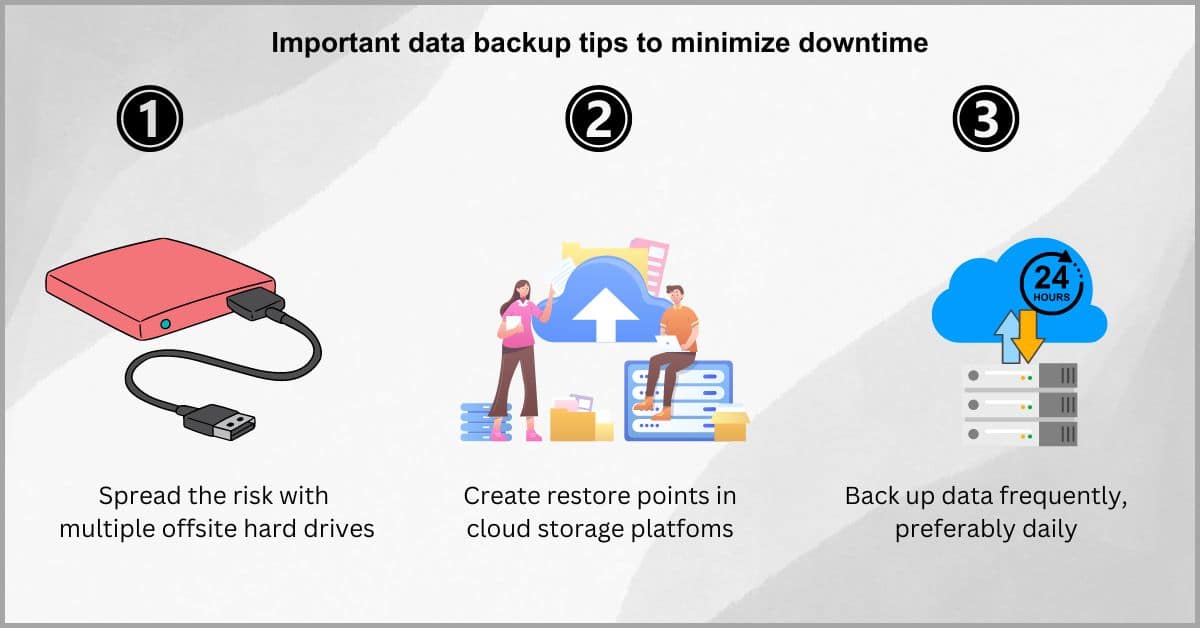Top File Handling Software for Laptops
Best practices for laptop storage management. In the current digital era, performance and efficiency depend on efficient laptop storage management. This tutorial will help you maximize the storage space on your laptop, whether you are expanding the storage on your main drive, unsure if 1 TB or 500GB is sufficient, or searching for ways to arrange your information. Furthermore, we will examine the finest applications for effectively managing your laptop and file organization. Best practices for laptop storage management.
How Do I Manage Files on My Laptop?
To guarantee seamless functioning and effective storage, adhere to following tricks:
Make use of a file management program: File organization is made easier with the aid of program like Finder (Mac) and File Explorer (Windows).
Uploading your system and file management software on a regular basis helps to avoid performance problems.
Use Compression Tools: Program that compress huge files, such as WinRAR or 7-Zip, can assist save space.
Sync Across Devices: To gain smooth access to file on several devices, use services like Google Drive or OneDrive.
Is There an App for Organizing Files?
Yes! You may handle files more effectively with the aid of several apps:
Windows’ WinDirStat: Shows disk consumption and facilitate the removal of big files.
A graphical representation of storage use is offered by DaisyDisk (Mac).
Windows and Mac user can optimize storage and remove unnecessary files with CCleaner.
Window’s Treesize efficiently scans and arranges files storage.
Windows’ OneCommander is a robust file manager that features tabbed navigation.
How Can I Make My Laptop More Organized?
In addition to handling data, keeping your laptop organized entails:
Getting Rid of Unused Programs: Make room by eliminating apps that aren’t needed.
Taking Advantages of Desktop Shortcuts Astutely: Only keep the most important shortcuts on your desktop.
Organize and remove any unneeded downloads from the Downloads folder on a regular basis.
Effective files managements made possible by using a cloud storage service, such as Google drive, Dropbox, or OneDrive.
How Do I Organize My Laptop Files?
Productivity is increased and clutter is avoided with proper file organization. The following advice is provided:
Construct a reasonable Folder Organization: Developments, Pictures, and Videos are examples of primary folders to use.
Employ subfolders: Sort files into subfolders by type, data, or project.
Clearly name files:
To facilitate searching give files names that are descriptive.
Remove Extraneous Files: To make room, regularly delete old files.
Store important data in a backup: Use an external hard drive or cloud storage for backups.
Is 500GB Storage Enough for a Laptop?
For daily tasks like web browsing document writing, and using light weight apps, 500GB may be enough.
Moderate storage of media (Pictures, music, and few videos)
Using common Software application
If you deal with large files on a regular basis, 500GB could quickly fill up. If you need more storage, think about using external drives or cloud services.
Is 1TB of Storage Enough for a Personal Laptop?
For the majority of users, 1TB of storage is more then plenty. There is enough room for:
Keeping software, documents, images, and videos Managements several apps with ease.
Maintaining backups without being concerned about space limitations. An external drive or cloud storage, however, can be necessary if you work with huge media assets, such high-resolution videos or game installations.
Efficient laptop storage management guarantees simple files access, reduces clutter, and improves performance. Regardless of whether you choose 500GB or 1TB of storage, you may optimize your laptop’s performance by utilizing the appropriate tools, and techniques to organize your information. Put these suggestions into practice and think about employing file organization programs to maintain a tidy and functional system.

:max_bytes(150000):strip_icc()/computer-file-management-tips-2948083-final-7622785bf27746d18bad96a219b92f34.png)



